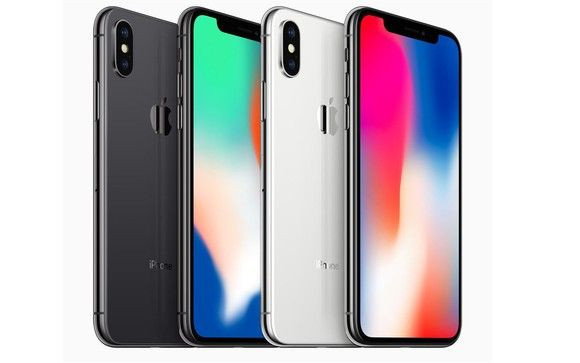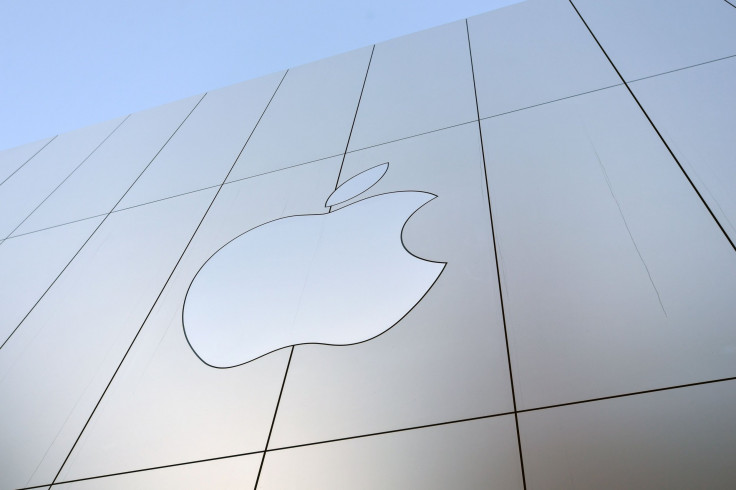Apple Inc.'s Awkward 3D Touch Situation

This article originally appeared in the Motley Fool.
In the fall of 2015, Apple (NASDAQ:AAPL) introduced the iPhone 6s and iPhone 6s Plus. One of the big new features that Apple included in these devices was a technology that the company called 3D Touch.
3D Touch, Apple says, "senses how deeply users press the display, letting them do more than ever."
Although Apple marketed the feature heavily with the introduction of the iPhone 6s and iPhone 6s Plus, and it has been included on every subsequent flagship iPhone, the feature doesn't appear to have been the paradigm-shifting technology that Apple had hoped it would be.
Indeed, according to generally reliable analyst Ming-Chi Kuo with KGI Securities, Apple's upcoming iPhone with a 6.1-inch liquid crystal display -- the device that Kuo expects to be Apple's best-selling iPhone in the coming product cycle -- won't include the technology.
This is a sensible cost-cutting measure, especially considering that 3D Touch adds additional components, design complexity, and manufacturing challenges, but it's going to create some awkwardness in Apple's product offerings.
Older iPhone Models Will Have 3D Touch
There's very little issue with Apple excluding 3D Touch on the 6.1-inch iPhone but keeping it on the higher-end iPhone X models that are expected to launch alongside it -- it's common for higher-end devices to include additional features compared to their cheaper counterparts.
The problem arises when we consider that once Apple launches new iPhone models later this year, it'll likely continue to sell the older generation iPhone 7 series and iPhone 8 series devices at reduced prices.
The problem, then, is that Apple's latest mass-market iPhone, which Kuo expects to be priced at between $700 and $800, will lack a feature that the discounted, older models will have.
This is an issue for two reasons. The first is that buyers will have to make a choice: Do they want all of the new bells and whistles that'll be included in the 6.1-inch iPhone at the expense of 3D Touch, or are they willing to sacrifice all of the new features just to get 3D Touch?
The second is that owners of existing iPhone 6s series, iPhone 7 series, and iPhone 8 series devices will be forced to give up 3D Touch if they buy the 6.1-inch LCD iPhone.
Awkward Marketing Problem, But Still Sensible
The removal of 3D Touch from Apple's mainstream iPhone offering will make things a bit awkward from a marketing perspective, but there are several mitigating factors to keep in mind.
First, 3D Touch wasn't that successful, anyway, so the average buyer probably won't miss it. Second, the 6.1-inch LCD iPhone is likely to be much better than the iPhone 7 series and iPhone 8 series devices in many crucial ways (camera quality, display aesthetics, form factor, processor performance, 3D facial recognition support, and wireless performance) that many prospective 6.1-inch LCD iPhone buyers would be willing to make the trade-off.
Perhaps the most important of all is that current owners of iPhone models with 3D Touch capability who value that functionality will, of course, be able to buy the successor to this year's iPhone X or its larger counterpart. Those devices will surely be priced to a significant premium to the 6.1-inch iPhone, so to the extent that 3D Touch capability helps drive sales of these higher-priced iPhone models, the better it is for Apple.

Ashraf Eassa has no position in any of the stocks mentioned. The Motley Fool owns shares of and recommends Apple. The Motley Fool has the following options: long January 2020 $150 calls on Apple and short January 2020 $155 calls on Apple. The Motley Fool has a disclosure policy.





















